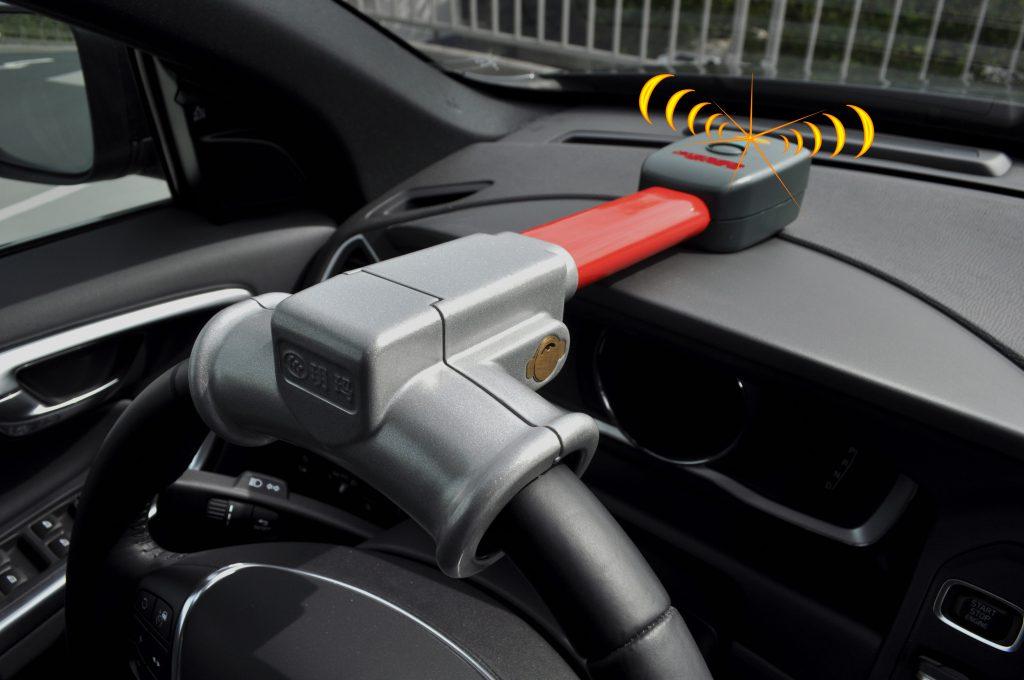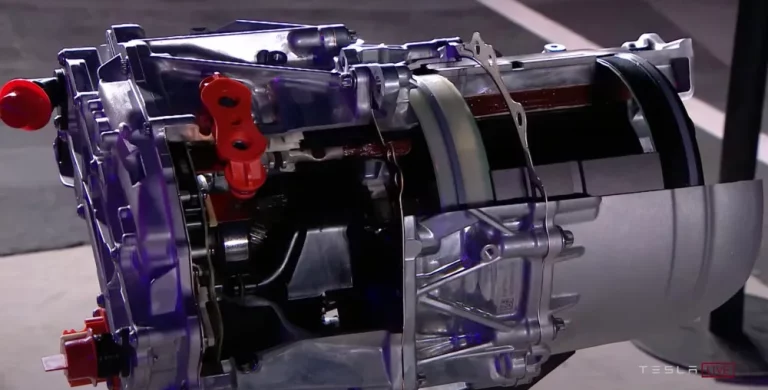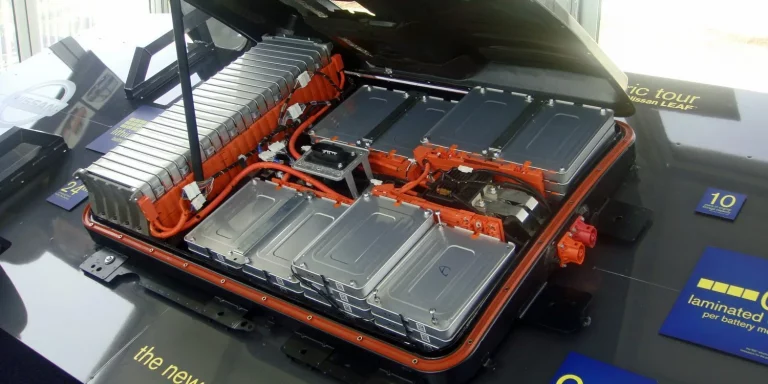Are Electric Cars Harder To Steal?
Electric vehicles have advanced technologies that define them, yet they are unfamiliar territory for most car owners. I have grown accustomed to my own EV and appreciate the safety features it brings to the table, but how protected is it really?
Here are the top five features that make electric cars harder to steal:
- Internal GPS tracking
- Sentry mode
- Pin-to-drive features
- Releasing the lock requires mobile or key authorization (the key must be inside the car to start it)
- The charging plug contains a manually-operated lock
In truth, electric cars are security leaders, so we’ll examine the main reasons why it has among the lowest theft rates and the highest recovery rates and whether their components are also well protected.
Table of Contents
- The Primary Reasons Why Electric Cars are Safer from Theft
- More Features that Make Electric Cars a Challenging Steal
- Are EVs’ Batteries Hard to Steal?
- Are EVs’ Cables Easy to Steal?
- Conclusion
The Primary Reasons Why Electric Cars are Safer from Theft
Compared to gas-powered vehicles, electric cars take considerably more effort to steal. According to a Highway Loss Data Institute report, Tesla Model S and Model X take second and third place as the least stolen vehicles.
EVs Have Internal GPS Tracking
Since the inception of electric vehicles, GPS tracking has become a standard feature given to every electric car. By using a mobile application, EV owners have the potential to receive real-time data on the current location of their vehicles. If a theft does occur, owners can utilize their phones to reveal the exact location to authorities.
EVs Use Sentry Mode to Remain Watchful
Tesla’s vehicles implement a Sentry Mode feature to help the owner remain vigilant of what is happening around the car’s exterior. When enabled, this feature goes into a monitoring state, using the cameras on its sides, front and other sensors that remain active even when the car is not operational.
As the car observes its surroundings, it will notify its owner if any individual gets too close. The display will indicate that it started to record, hopefully dissuading any thief from going through with the theft. Most thieves flee at this point, while courageous ones dramatically increase their risk of getting caught.
EV’s Pin-To-Drive Feature is Another Defense
Imagine that you’re dealing with a die-hard and knowledgeable thief that ignores the camera recording and even manages to remove the SIM so that the GPS disables; there is a last line of defense.
Thanks to the vehicle’s pint-to-drive feature, the thief must insert a pin code before the car will drive – the location of the pin-pad moves at every start-up to protect against fingerprint smudges. Finally, the pin code is only accessible by inputting your Tesla account credentials.
EVs’ Keys Have To Be Within The Vehicle
Some electric vehicles prohibit you from switching them on or even moving them into neutral unless the key is inside the car, such as in your pocket, wallet, or purse.
If the smart key is not in the vehicle when you attempt to start it, you will receive an error message on the car’s display stating something similar to “key not detected.” In other words, the key needs to connect with the car’s computer system before its driving functions become available.
When EVs Charge, They Are Firmly Locked
Attempting to steal an EV connected to a public charger is difficult because the charging plug contains a manually-operated lock.
Attempting to release the locking mechanism via the charging station will prompt you to authorize the action via your mobile app, or you can scan your RFID card (Radio Frequency Identification) to prove authorization. More importantly, it also requires the exact RFID card that initiated the charging process to unlock the car.
Holding the trunk button on the fob also releases the charging cable.

More Features that Make Electric Cars a Challenging Steal
While advances in technology provide us with superior vehicle safety, it’s also true that those who wish to relieve us of said assets will stay educated and make an effort as long as there’s a profit.
Thief, Meet Faraday Pouch
A Faraday pouch prevents keyless auto theft by utilizing signal-blocking fabric consisting of metals like aluminum, copper, and static dissipative polyethylene that help filter off radio interference.
It helps combat brazen thieves who attempt to use a relay device to unlock an EV and start its engine using wireless signals between the key and the car. This process happens quickly and quietly because it occurs through wireless channels, so quick, in fact, that it could only take about 60 seconds!
Are EVs’ Batteries Hard to Steal?
Stealing an electric vehicle’s battery is challenging because it is located under the floor in the car’s center, and it weighs up to 1200 pounds. The thief would need to lift the vehicle and have extensive electrical knowledge on Tesla systems to remove the high-voltage battery without a fatal injury.
It’s difficult and expensive to extract the precious elements from an electric vehicle battery. They require shredding before being broken down further using heat or chemicals at specialized recycling facilities. While it’s true that EVs do not remain entirely unscathed by theft, stealing the battery is often not worth the effort.
The thief will have to take the vehicle elsewhere and take the time to disassemble it. At this point, thieves may have to reconsider whether the batteries are more valuable than the entirety of dismantling the automobile.
Are EVs’ Cables Easy to Steal?
EV cable theft is on the rise, and owners believe the issue is related to the locking mechanism not working in freezing temperatures.
Tesla charging cables consist of two ends, whereby one end attaches to the car while the other to the charging station. Some victims of charging cable theft report that freezing weather causes the cables in their EV to separate. Thus, owners believe it is the main reason how criminals manage to steal EV charging cables.
The price of copper has become exponentially more expensive in the last year due to its usefulness in EV production, particularly with charging stations. While the charger itself does not contain much copper, the wires that link it to the electrical panel and the charging cable are important copper sources.
Conclusion
EVs have real-time GPS tracking, a sentry mode for recording suspicious exterior activity, and a pin-to-drive feature before you can even drive. They need specific authorization via a mobile app or the key to unlock while charging, and the vehicle won’t start when the key’s not in the car. These security features make them very hard to steal!
Amazon and the Amazon logo are trademarks of Amazon.com, Inc, or its affiliates.







